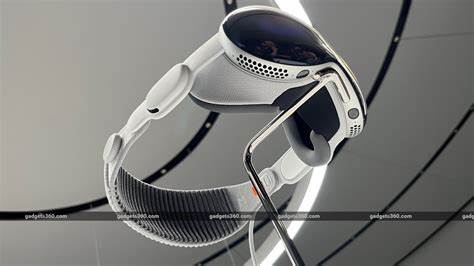
Apple’s latest release, the Vision Pro, introduces a virtual reality (VR) experience characterised by high-resolution OLED displays. Announced at the World Wide Developer Conference 2023 (WWDC23), it has finally made its debut. To check out Centre for Accessibility Australia’s thoughts right after its reveal, read our Apple Vision Pro Op Ed from July last year.
Since its release, the Vision Pro has garnered attention and sparked discussions among users and tech enthusiasts alike.
Notably, the Vision Pro distinguishes itself with its inclusive approach to technology. Equipped with a range of accessibility features, it seeks to accommodate for individuals with disability.
There are a host of features for accessibility catering to a diversity of disability. Here are some notable accessibility features (Apple has a full list of the accessibility features) available:
VoiceOver: A screen reader providing spoken feedback, enabling users to navigate the interface effortlessly.
Zoom: Allows users to magnify the screen for better visibility of content.
Display and Text Size: Offers customisation options for adjusting text size and display settings to suit individual preferences.
Pointer Control: Provides alternative input methods such as head, wrist, or finger control for seamless navigation.
AssistiveTouch: Enables users with physical disability to interact with Vision Pro through customisable gestures.
Dwell Control: Allows users to interact with the Vision Pro by hovering the cursor over an object, enhancing accessibility for people with a mobility related disability.
Switch Control: Offers comprehensive control options for users with physical disability, allowing them to operate the Vision Pro with external switches or buttons.
Take a deep dive into the Accessibility Settings of visionOS 1.0.2 with this comprehensive walkthrough video.
